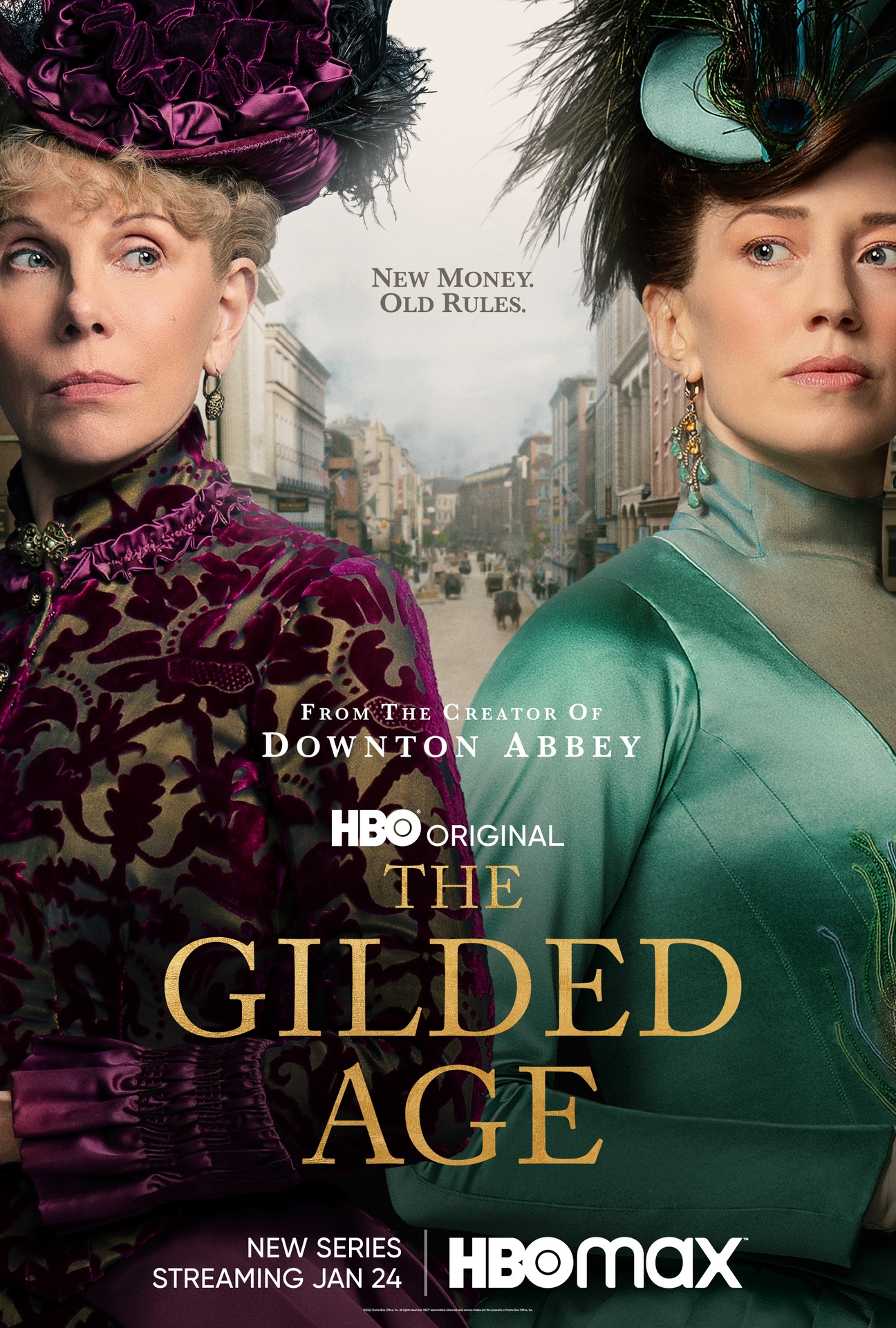Christine Baranski and Cynthia Nixon on the conflict between old money and new in The Gilded Age
The stars of Julian Fellowes' new HBO series also reveal their favorite artifacts from those extravagant sets

Christine Baranski and Cynthia Nixon are both acting powerhouses, famous for triumphs on the stage as well as the big and small screens. This year, they’ve appeared in the roles they’re arguably best-known for—Baranski as Diane Lockhart in The Good Fight and Nixon returning to her Sex And The City character Miranda Hobbes in the sequel series And Just Like That…—and both are co-starring in HBO’s new period piece series The Gilded Age.
Created by Downton Abbey’s Julian Fellowes, The Gilded Age occurs in the same universe as DA, but across the pond in New York, a few decades prior. Baranski and Nixon play Agnes Van Rhijn and Ada Brook, respectively, a widow and an unmarried sister who embody old-school New York. They are suspicious of the new money entering their 5th Avenue neighborhood in the form of railroad baron George Russell (Morgan Spector) and his socially ambitious wife Bertha (Carrie Coon). Agnes is what could be considered the Maggie Smith role, commanding and wittily caustic, while Ada is much more soft-spoken, but definitely has opinions of her own that may surprisingly vary from her sister’s.
Now that the addictive series has premiered, The A.V. Club got the chance to talk to the onscreen sisters about the differences between portraying modern-day and period characters, just what is so intimidating about new money, and their favorite items from the exquisitely furnished Gilded Age set.
The A.V. Club: Both of you have been in modern day productions this year and now this massive period production. What is that transition like? What’s the difference in preparation for you?
Christine Baranski: For me, I had to do much more research for The Gilded Age because I was entering a historical period that—first of all, I did not live in the Gilded Age. [Laughs.] [In the contemporary world,] I swim in the same reality as Diane Lockhart. So, much more preparation. I’ve been doing Diane for 12 years, but this was a new project. You always feel you have a great deal of preparation work to do and backstory and all. But I mean, it was just such a welcome change. I love The Good Fight, but I had never done period work on film, so it was just yummy to get to work on it. It wasn’t work to me; it was just like a real pleasure.
Cynthia Nixon: When I look at the characters on Sex And The City and And Just Like That…, they’re so independent. That’s the main thing about them. They’re independent and they’re making their own decisions. Whereas all of the characters in The Gilded Age are so deeply intertwined and they’re so knit into the fabric. Agnes, I think, says New York is a collection of little villages. And I think there’s very much a sense you see in my modern, contemporary New York shows how people can just make their own decisions. Whereas in this world, everyone is watching you all the time. Your family is watching you, your servants are watching you, the people on the street. So your life is very, very constrained. Whether you’re a working-class person or whether you’re an upper-level aristocrat, you have to constantly be mindful because everyone has to stay in their place and and toe the party line.
AVC: Christine, do you think that’s what Agnes is really afraid of? She’s so rigid about the old money versus new money. Why is she so inflexible about letting these new people come in?
CB: I think she’s fearful of their value system, or their lack of a value system. These people came in with enormous amounts of money. But as Julian [Fellowes] said, they knew no boundaries. They didn’t recognize boundaries. They had enough money to ignore boundaries. And it’s something we see in our own [society]… that if you’re wealthy enough, you don’t have to play by the rules.
